Home>Furniture & Design>Interior Design Trends>How Is Glass Colored
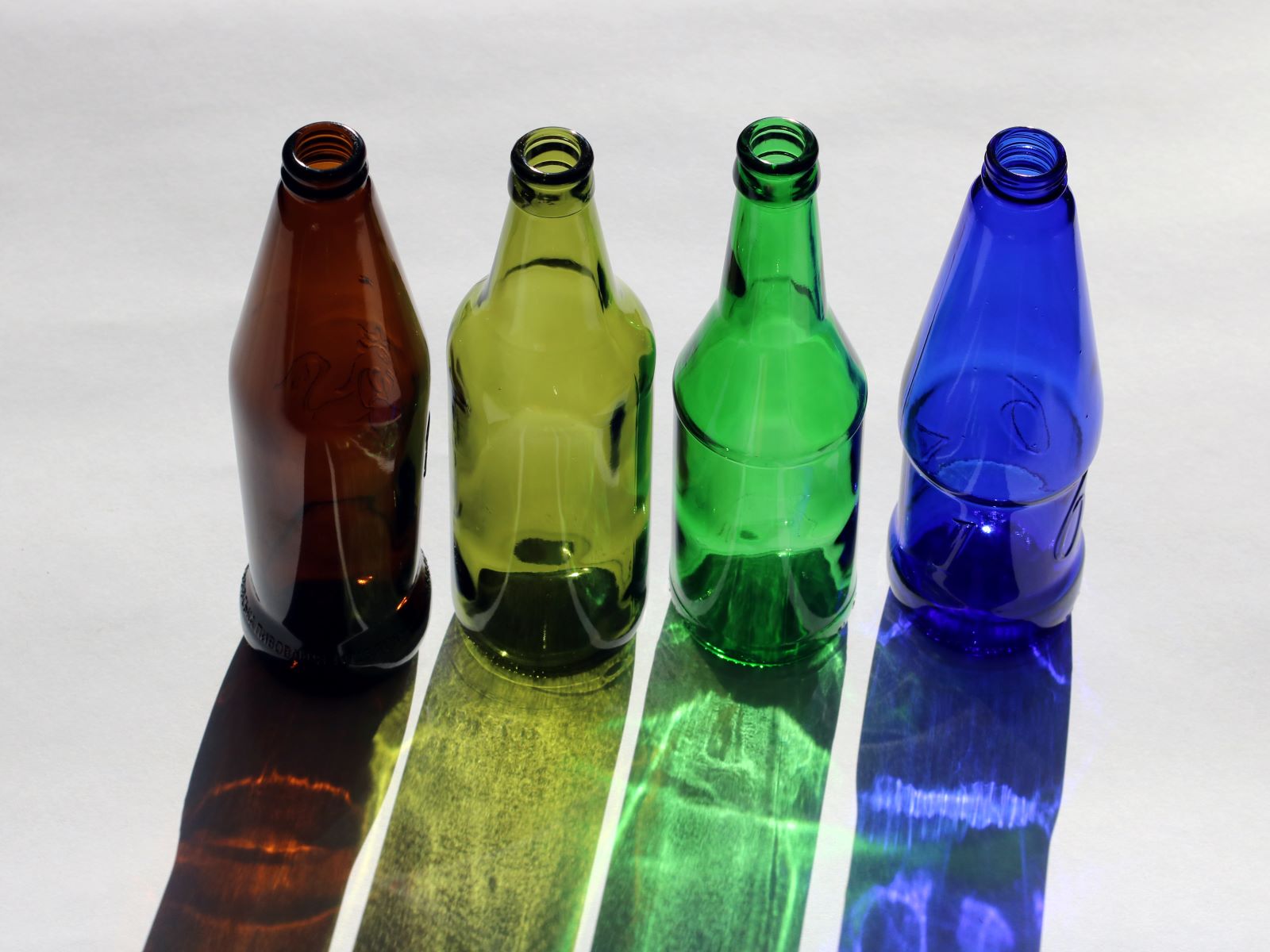

Interior Design Trends
How Is Glass Colored
Modified: February 18, 2024
Discover the latest interior design trends for coloring glass and adding a pop of color to your space. Learn how to incorporate vibrant hues into your decor. Explore the possibilities!
(Many of the links in this article redirect to a specific reviewed product. Your purchase of these products through affiliate links helps to generate commission for Storables.com, at no extra cost. Learn more)
Introduction
Glass, a material renowned for its versatility and aesthetic appeal, has been an integral part of human civilization for centuries. Its transparent and translucent properties have made it a favored medium for architectural marvels, artistic creations, and everyday objects. One of the captivating aspects of glass is its ability to be imbued with a myriad of colors, adding depth and character to its inherent beauty.
The process of coloring glass is a fascinating blend of art, science, and craftsmanship. Whether achieved through natural means or artificial interventions, the resulting hues and tones can evoke a wide range of emotions and visual experiences. Understanding the techniques and factors that influence the coloration of glass unveils a world of creativity and innovation that has captivated artisans and designers throughout history.
In this article, we will delve into the captivating realm of glass coloration, exploring the natural and artificial methods employed to imbue this remarkable material with a spectrum of captivating hues. We will also examine the common techniques used to achieve specific colors, as well as the various factors that influence the final appearance of colored glass. By gaining insight into the intricate process of coloring glass, we can develop a deeper appreciation for the artistry and ingenuity that goes into creating the vibrant and mesmerizing glass objects that enrich our lives.
Key Takeaways:
- Glass can be colored naturally by minerals like iron oxide and cobalt, reflecting the earth’s beauty and adding rustic charm to interior design.
- Artificial coloration of glass offers a wide range of vibrant hues, from deep blues to iridescent metallics, empowering designers to create visually stunning and sophisticated glass artworks.
Read more: How To Make Colored Glass
Natural Coloration of Glass
Glass can acquire natural colors through the presence of certain minerals and compounds during its formation. This phenomenon occurs in nature when specific elements are incorporated into the glass matrix, resulting in a diverse range of hues. For instance, the presence of iron oxide can impart a green or brown tint to the glass, while sulfur may contribute to amber or yellow tones. Additionally, the incorporation of cobalt can produce a striking blue color, and selenium can yield a vibrant red hue.
The natural coloration of glass is a captivating testament to the intricate interplay between geological processes and the composition of raw materials. As molten glass cools and solidifies, the inherent properties of these minerals and compounds manifest in the resulting color palette, creating a mesmerizing display of natural artistry.
This organic method of coloration has been harnessed by artisans and designers for centuries, allowing them to work in harmony with nature's palette to create exquisite glassware and decorative pieces. The unique and unpredictable nature of natural coloration adds an element of intrigue and authenticity to the finished products, making each piece a testament to the earth's geological diversity.
The allure of naturally colored glass lies in its ability to evoke a sense of connection to the natural world, as each hue reflects the geological heritage of the materials involved. Whether it's the tranquil greens reminiscent of lush landscapes or the fiery reds echoing volcanic activity, natural coloration infuses glass with a profound sense of organic beauty and timeless elegance.
In the realm of interior design, the use of naturally colored glass can introduce an element of earthy sophistication, bringing the captivating hues of nature into living spaces. Whether in the form of decorative vases, lighting fixtures, or architectural elements, the organic allure of naturally colored glass adds a touch of rustic charm and understated luxury to any environment.
The natural coloration of glass serves as a captivating reminder of the harmonious relationship between human creativity and the natural world, offering a timeless expression of beauty that transcends the boundaries of time and trends.
Artificial Coloration of Glass
Artificial coloration of glass involves the deliberate introduction of colorants during the glassmaking process to achieve specific hues and tones. This method allows artisans and designers to exercise precise control over the color palette, resulting in a diverse spectrum of vibrant and captivating glass products.
The art of artificial coloration dates back to ancient civilizations, where skilled craftsmen experimented with various additives to produce glass of exquisite colors. Over time, this practice has evolved, and modern techniques now offer a wide array of synthetic colorants that can be meticulously blended to achieve an extensive range of shades, from subtle pastels to intense, jewel-like tones.
One of the primary methods of artificial coloration involves the use of metal oxides, such as cobalt oxide for deep blues, chromium oxide for greens, and manganese dioxide for purples. These colorants are carefully measured and added to the glass batch during the melting process, where they interact with the molten glass to produce the desired colors. Additionally, rare earth elements and transition metals are employed to create specialized hues, adding a layer of complexity and sophistication to the art of glass coloration.
The introduction of modern synthetic colorants has further expanded the possibilities of artificial coloration, allowing for the creation of innovative and unconventional glass colors. From striking neons to iridescent metallics, these synthetic colorants have revolutionized the art of glassmaking, inspiring designers to push the boundaries of traditional color palettes and explore new realms of visual expression.
Artificial coloration also encompasses techniques such as glass staining and fusing, where colored glass components are fused together to create intricate patterns and designs. This method enables artisans to craft stunning stained glass windows, decorative panels, and intricate mosaics, showcasing the captivating interplay of colors within the translucent medium.
In the realm of interior design, artificial coloration offers a wealth of possibilities for incorporating glass elements that complement and enhance various decor styles. From contemporary minimalist spaces adorned with sleek, monochromatic glass accents to eclectic interiors featuring vibrant, multicolored glass installations, the versatility of artificially colored glass allows for seamless integration into diverse design schemes.
The artistry and precision involved in artificial coloration underscore the transformative power of glass as a medium for creative expression. By harnessing the potential of synthetic colorants and innovative techniques, artisans continue to push the boundaries of traditional glass coloration, shaping a dynamic landscape of captivating and visually stunning glass creations.
Common Methods of Coloring Glass
Glass coloration encompasses a variety of techniques that have been refined and perfected over centuries, resulting in a diverse array of captivating hues and tones. These methods, ranging from ancient traditions to modern innovations, play a pivotal role in shaping the visual landscape of glass artistry and design.
1. Batch Coloring:
Batch coloring, also known as pot melting, involves the incorporation of colorants into the glass batch during the initial stages of the glassmaking process. This method allows for thorough mixing of the colorants with the raw materials, ensuring uniform distribution of color throughout the molten glass. By carefully controlling the composition and proportions of the colorants, artisans can achieve a wide spectrum of vibrant and nuanced colors, ranging from rich jewel tones to delicate pastels.
Read more: What Color Is Glass
2. Overlay Coloring:
Overlay coloring, a technique commonly employed in the creation of decorative glassware and art glass, involves layering colored glass over a base layer of clear or differently colored glass. This method allows for the creation of intricate patterns, gradients, and shading effects, as the overlaid glass interacts with the base layer during the fusing process. Artisans adept in overlay coloring can produce mesmerizing designs that exhibit depth, dimension, and a captivating interplay of colors, adding a touch of sophistication to the finished glass pieces.
3. Cased Glass:
Cased glass, also referred to as double or triple casing, entails encasing a colored glass layer within clear glass, resulting in a striking visual effect. This method allows for the creation of glass objects with a translucent or opaque outer layer, revealing glimpses of the vibrant colored core. The juxtaposition of the colored core and the clear outer layers adds an element of intrigue and depth to the glass, making cased glass a favored technique for crafting decorative objects, vases, and sculptural pieces.
4. Fuming:
Fuming, a technique rooted in ancient glassmaking traditions, involves exposing the surface of hot glass to vaporized metal compounds, such as silver or gold chloride. The interaction between the metal vapor and the glass surface results in the formation of a thin metallic film, imparting a lustrous and iridescent sheen to the glass. This method is prized for its ability to create ethereal and ever-changing hues, as the metallic film reflects and refracts light, producing a mesmerizing play of colors that captivates the beholder.
5. Enameling:
Enameling, a meticulous and intricate method of coloring glass, entails the application of powdered glass, known as enamel, onto the surface of the glass object. The enameled glass is then fired at high temperatures, causing the powdered glass to fuse with the base glass, creating durable and vividly colored designs. This technique allows for the precise application of intricate patterns, illustrations, and decorative motifs, making enameling a favored method for adorning glass vessels, jewelry, and ornamental objects with enduring and visually striking designs.
These common methods of coloring glass exemplify the rich tapestry of techniques and traditions that have shaped the art of glass coloration. From ancient practices rooted in tradition to modern innovations that push the boundaries of creativity, each method contributes to the vibrant and diverse world of colored glass, offering endless possibilities for artistic expression and design innovation.
Factors Affecting the Color of Glass
The color of glass is influenced by a myriad of factors, each playing a crucial role in determining the final hue, tone, and visual characteristics of the finished glass product. Understanding these factors is essential for artisans, designers, and glass enthusiasts, as it unveils the intricate interplay of elements that contribute to the captivating world of glass coloration.
1. Chemical Composition:
The fundamental chemical composition of the glass batch profoundly impacts its color. Various metal oxides, such as cobalt oxide, copper oxide, and iron oxide, act as colorants, imparting distinct hues to the glass. The concentration and interaction of these metal oxides within the glass matrix dictate the intensity and shade of the resulting color, allowing for a diverse spectrum of possibilities.
2. Oxidation State of Metal Ions:
The oxidation state of metal ions within the glass composition influences the coloration process. For instance, the presence of iron in different oxidation states can yield a range of colors, from greens to browns, showcasing the significant role of chemical reactivity in determining the final appearance of the glass.
3. Heat Treatment:
The temperature and duration of the glass melting and annealing processes play a pivotal role in the development of its color. Controlled heating and cooling cycles can affect the crystalline structure and distribution of colorants within the glass, leading to variations in transparency, opalescence, and the overall visual impact of the colored glass.
Read more: What Color Glass Looks Best In Fire Pit
4. Light Absorption and Transmission:
The ability of glass to absorb and transmit light is a critical factor in its color perception. The interaction of light with the glass matrix and colorants influences the perceived color, as certain wavelengths are absorbed while others are transmitted, resulting in the characteristic coloration of the glass.
5. Thickness and Form:
The thickness and form of the glass object also influence its color appearance. Thin glass may exhibit different color properties compared to thicker sections, while the shape and curvature of the glass can affect light refraction and color saturation, contributing to the dynamic visual effects observed in colored glass artworks and installations.
6. Environmental Conditions:
External factors, such as the presence of impurities in the raw materials, ambient atmosphere during the glassmaking process, and the chemical interactions with the glass furnace, can impact the coloration of glass. These environmental conditions introduce an element of unpredictability and uniqueness to the coloration process, resulting in distinct variations and subtle nuances in the final glass products.
By comprehending the intricate interplay of these factors, artisans and designers can harness the potential of glass coloration, creating captivating and visually stunning glass objects that reflect the harmonious fusion of art, science, and craftsmanship. The dynamic nature of glass coloration ensures that each piece is a testament to the multifaceted influences that converge to shape its captivating appearance.
Conclusion
The art of glass coloration is a captivating fusion of natural phenomena, artistic ingenuity, and scientific precision. From the organic beauty of naturally colored glass to the meticulous craftsmanship of artificially tinted creations, the world of colored glass offers a rich tapestry of hues, tones, and visual experiences.
The interplay of geological processes and mineral compositions gives rise to the enchanting array of naturally colored glass, where the earth's elements converge to create a palette of timeless elegance. This organic method of coloration not only celebrates the beauty of nature but also infuses glass objects with a sense of authenticity and connection to the natural world. The use of naturally colored glass in interior design brings a touch of rustic charm and organic sophistication to living spaces, enriching environments with the tranquil hues reminiscent of the earth's geological heritage.
On the other hand, artificial coloration techniques, rooted in ancient traditions and propelled by modern innovations, empower artisans to explore a boundless spectrum of colors. The precise control afforded by synthetic colorants and intricate techniques such as overlay coloring, cased glass, and enameling opens the door to a world of creative expression, where glass becomes a canvas for vibrant and visually stunning designs. The versatility of artificially colored glass allows for seamless integration into diverse interior design schemes, from minimalist modern spaces to eclectic and vibrant environments, adding a touch of sophistication and artistic flair to any setting.
The factors influencing the color of glass, from chemical composition to heat treatment and environmental conditions, underscore the intricate nature of glass coloration. This understanding empowers artisans and designers to harness the potential of colored glass, creating captivating and visually stunning glass objects that reflect the harmonious fusion of art, science, and craftsmanship.
In conclusion, the world of glass coloration is a testament to the enduring allure of this remarkable material. Whether through the organic beauty of naturally colored glass or the precision and artistry of artificially tinted creations, colored glass continues to captivate and inspire, enriching our lives with its timeless elegance and dynamic visual appeal. As we continue to explore the art and science of glass coloration, we embark on a journey of creativity and innovation, shaping a world where the vibrant hues of colored glass illuminate our surroundings and elevate the human experience.
Frequently Asked Questions about How Is Glass Colored
Was this page helpful?
At Storables.com, we guarantee accurate and reliable information. Our content, validated by Expert Board Contributors, is crafted following stringent Editorial Policies. We're committed to providing you with well-researched, expert-backed insights for all your informational needs.

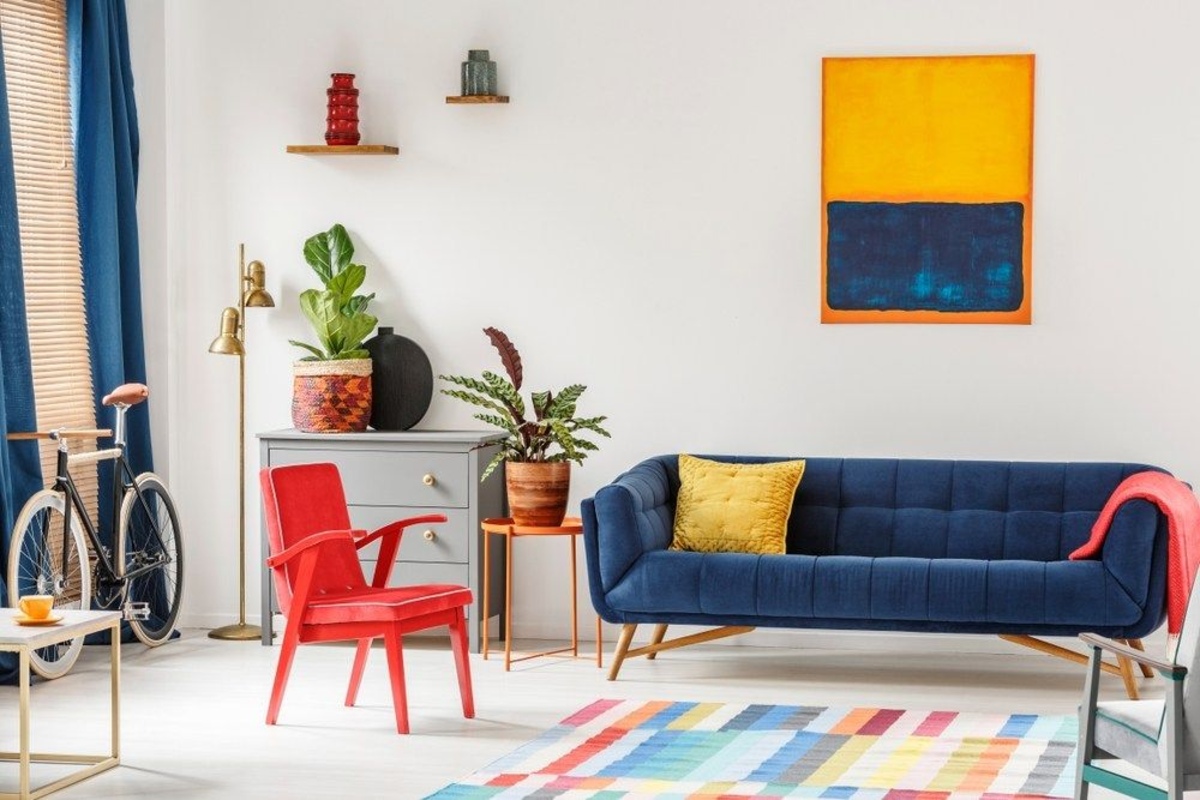
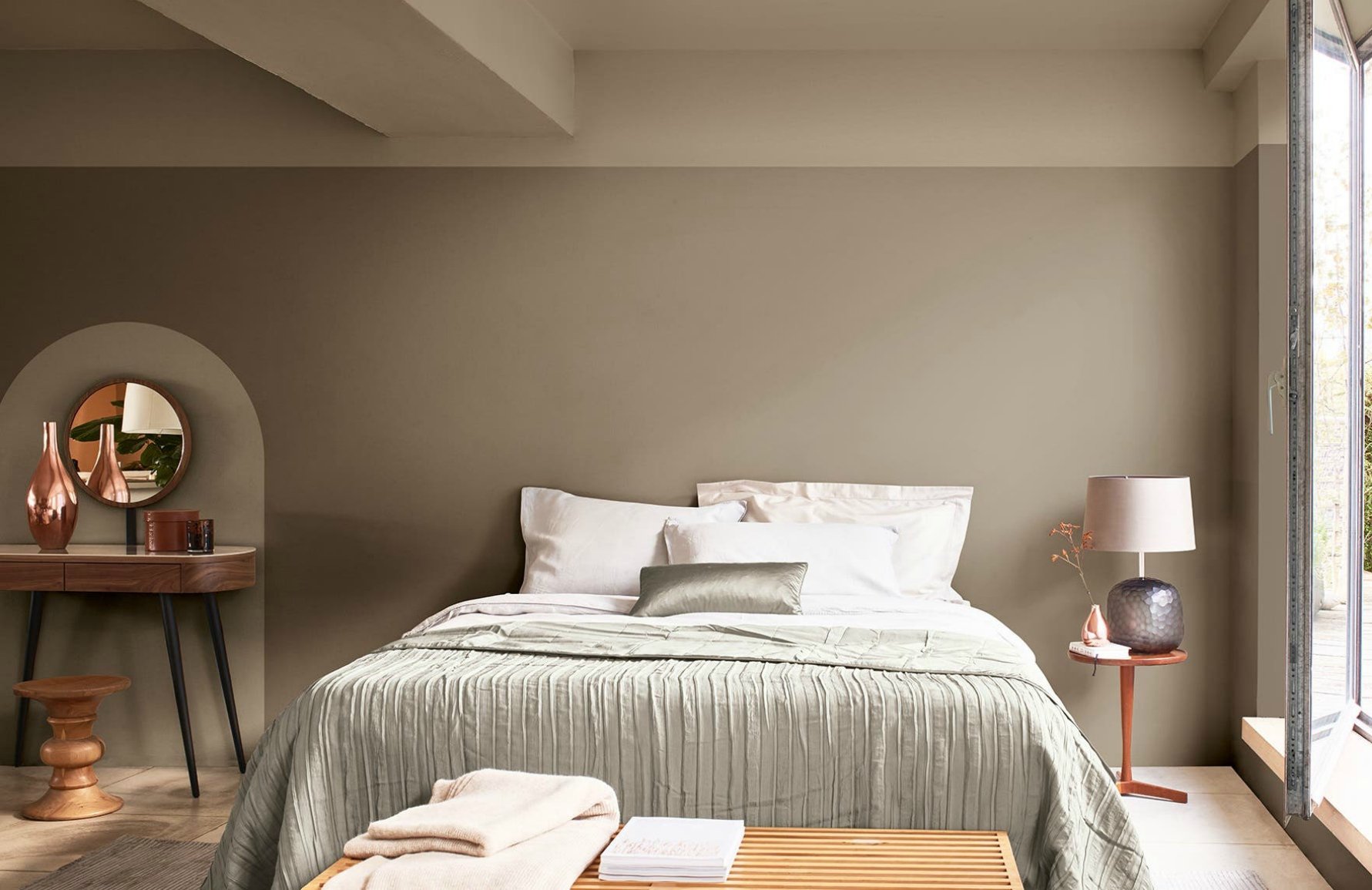
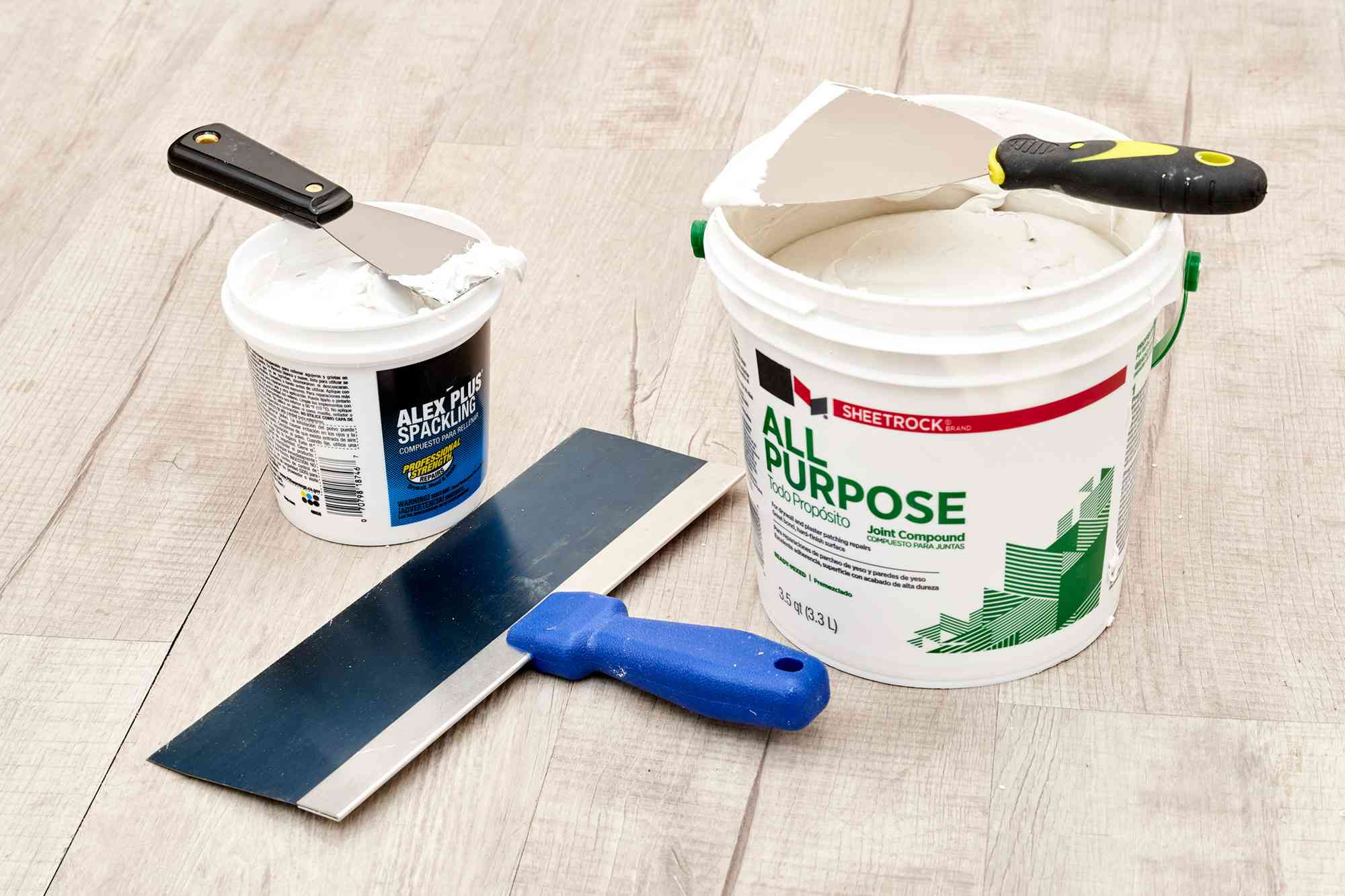
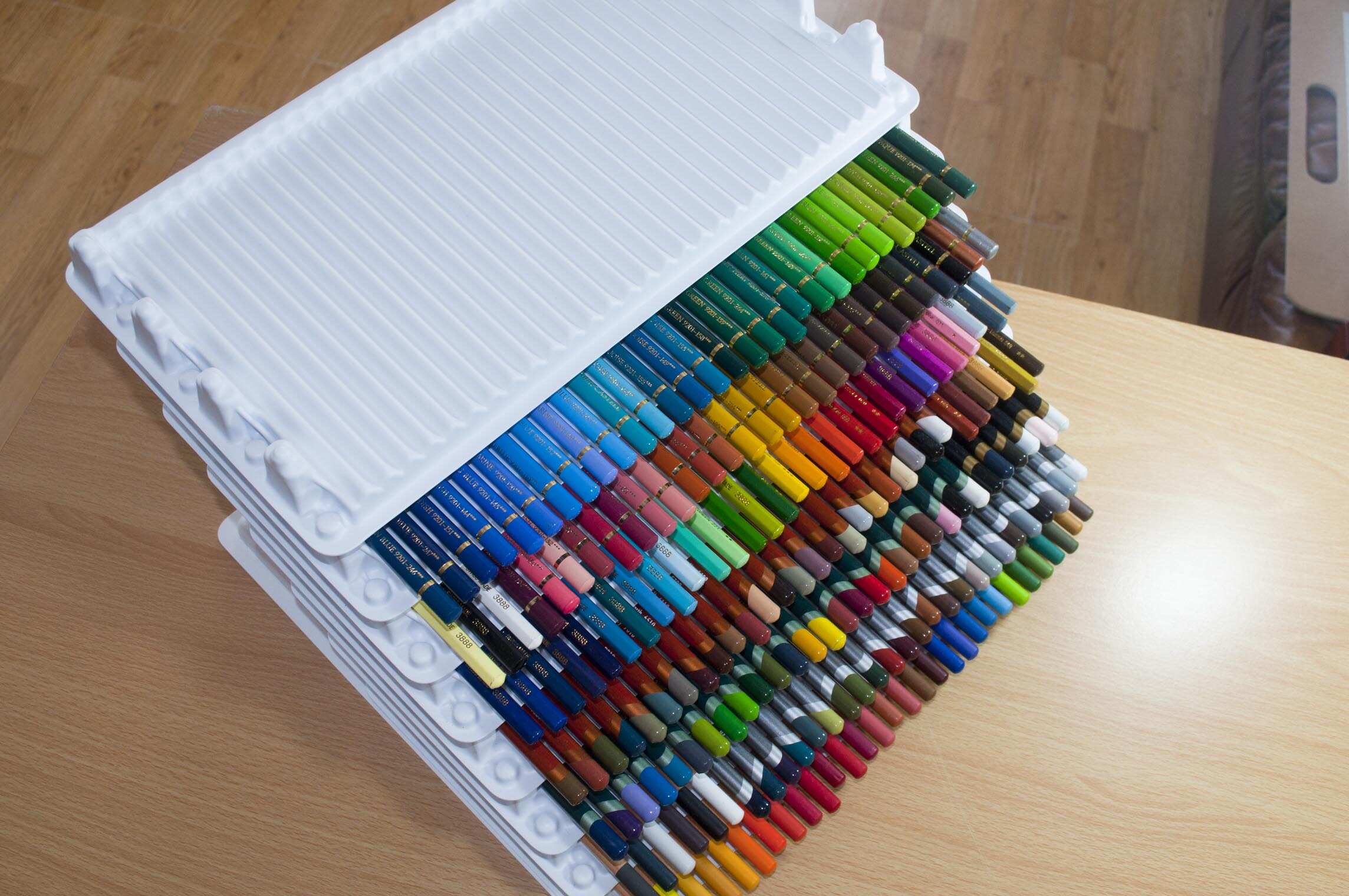

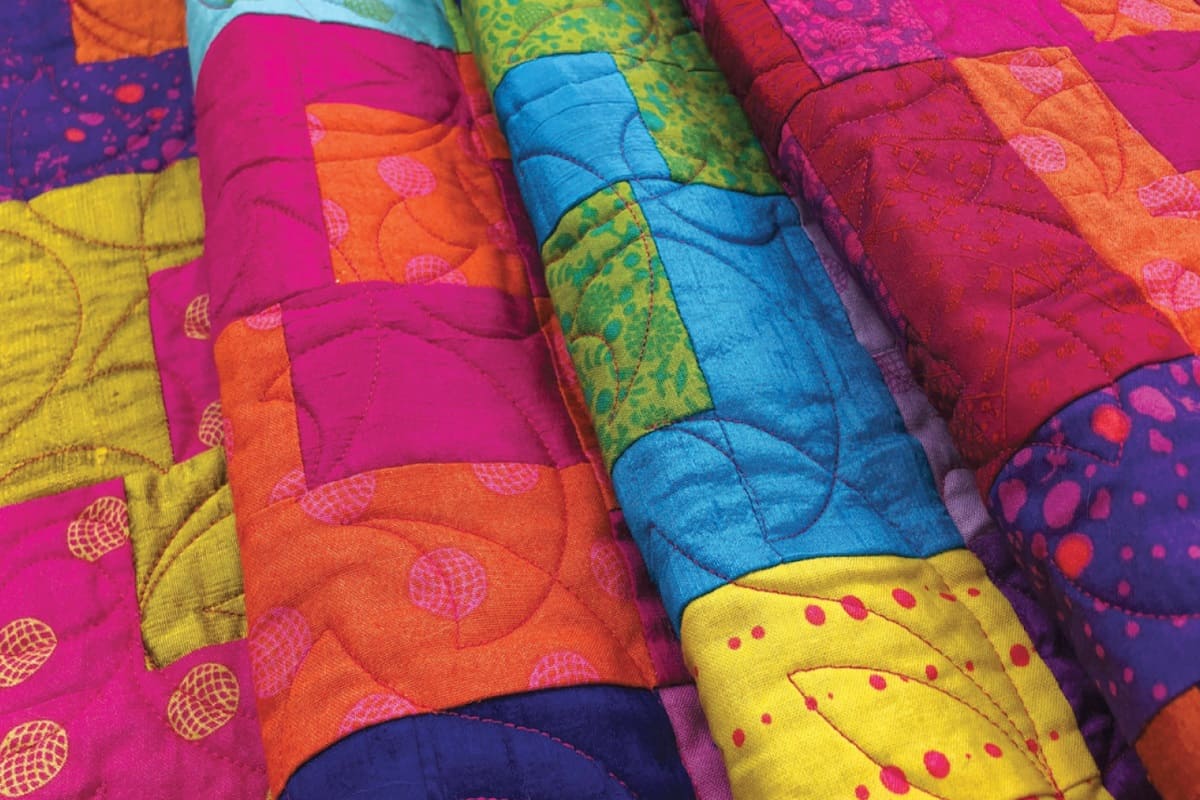
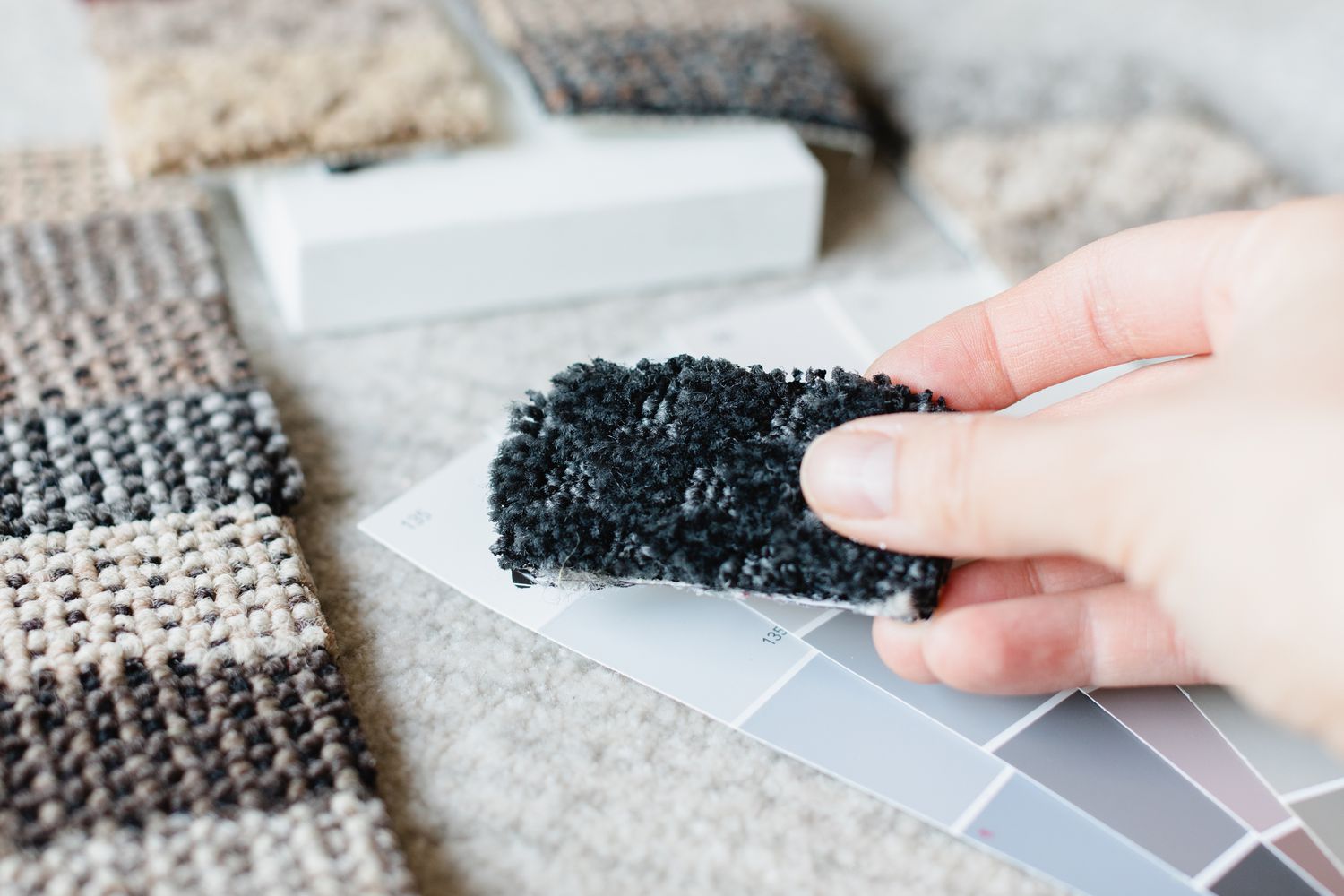
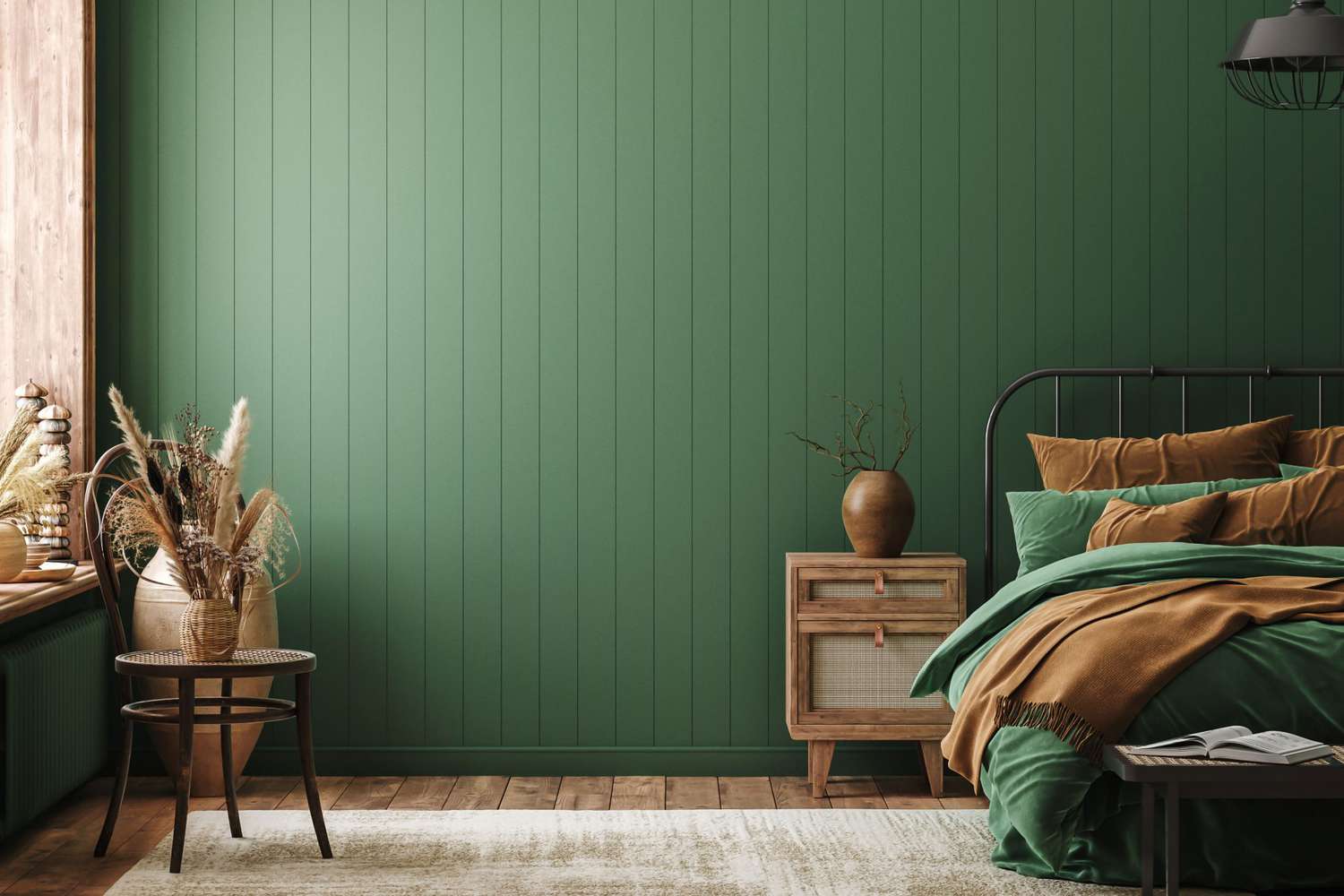
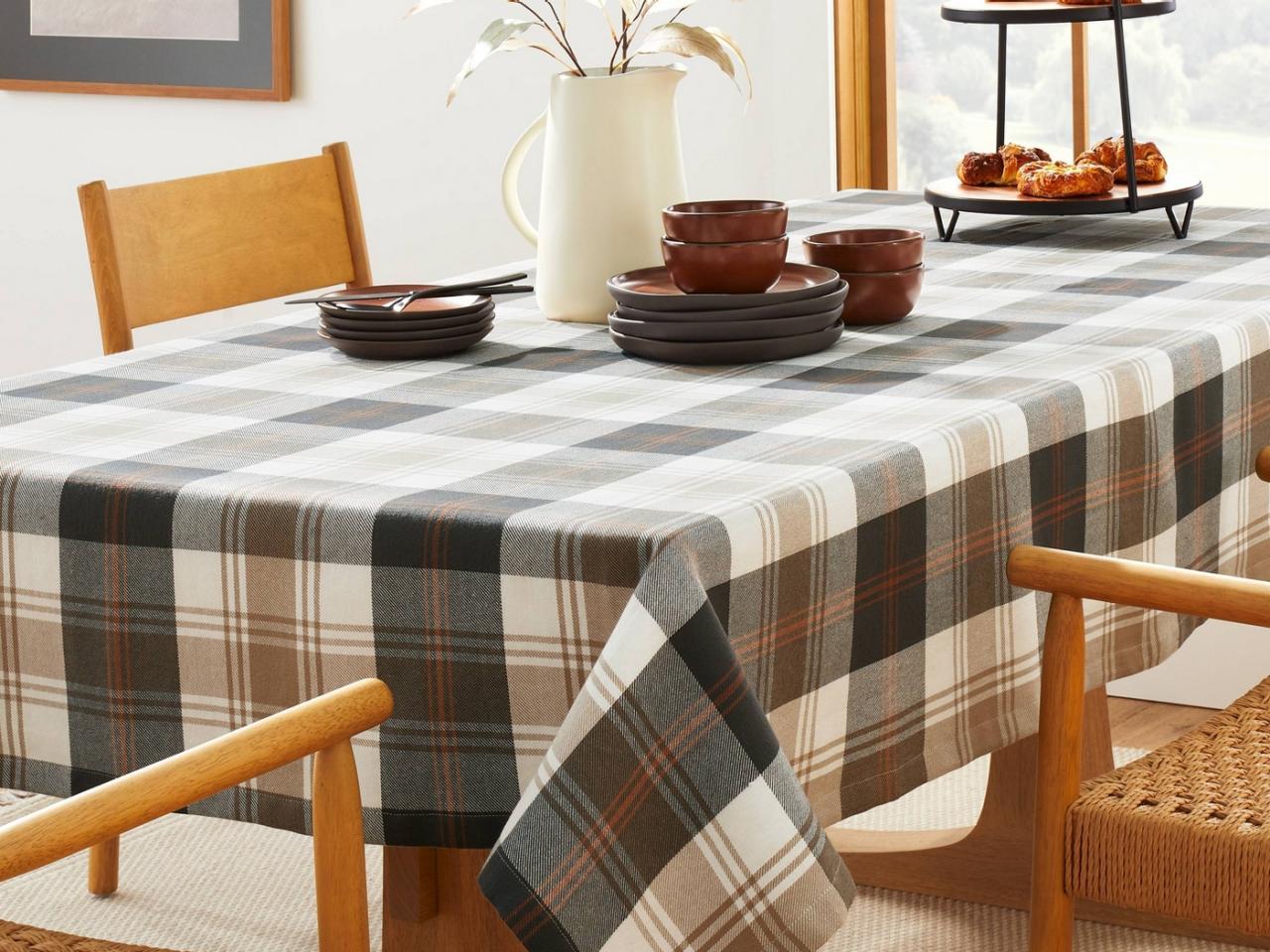
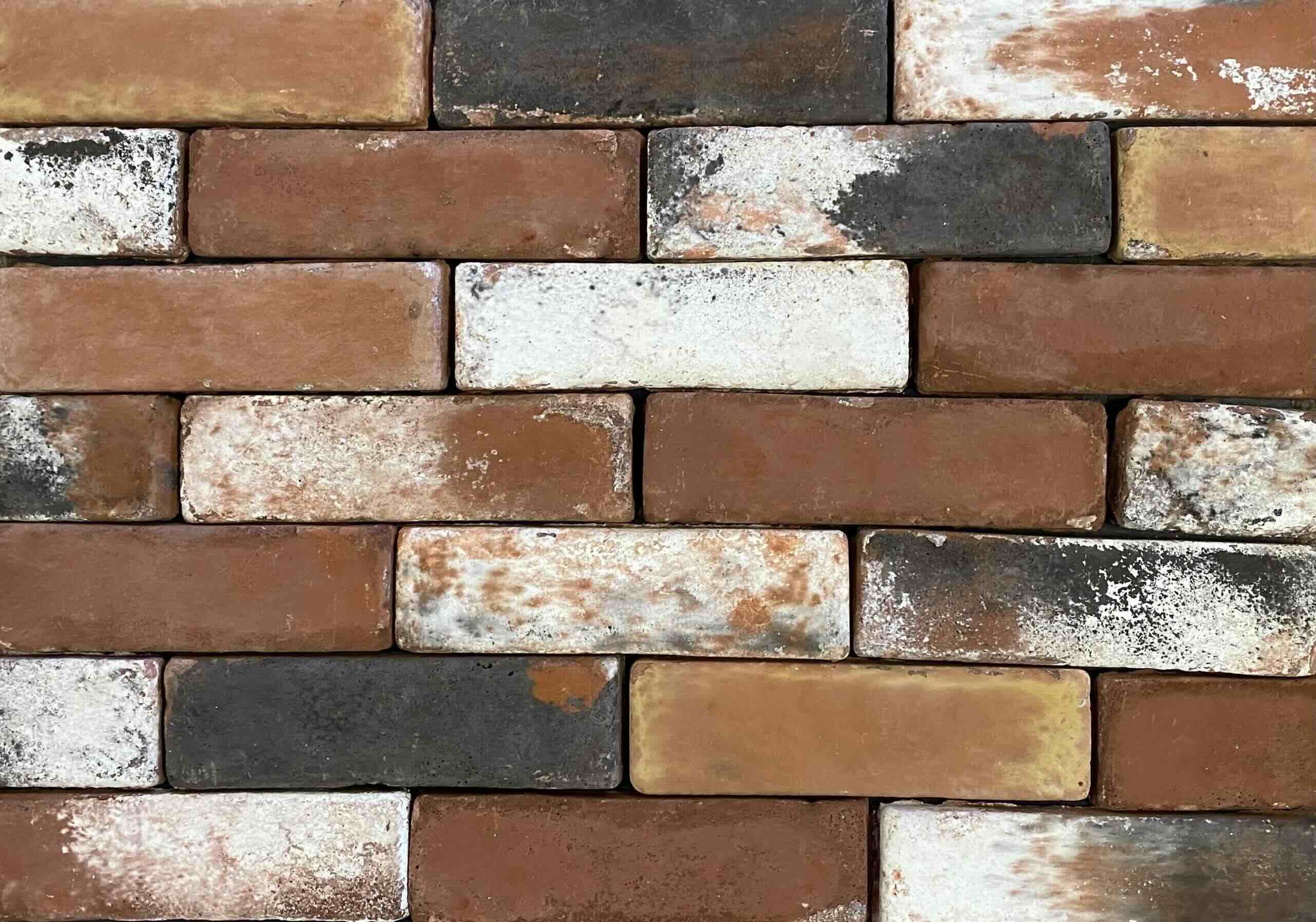
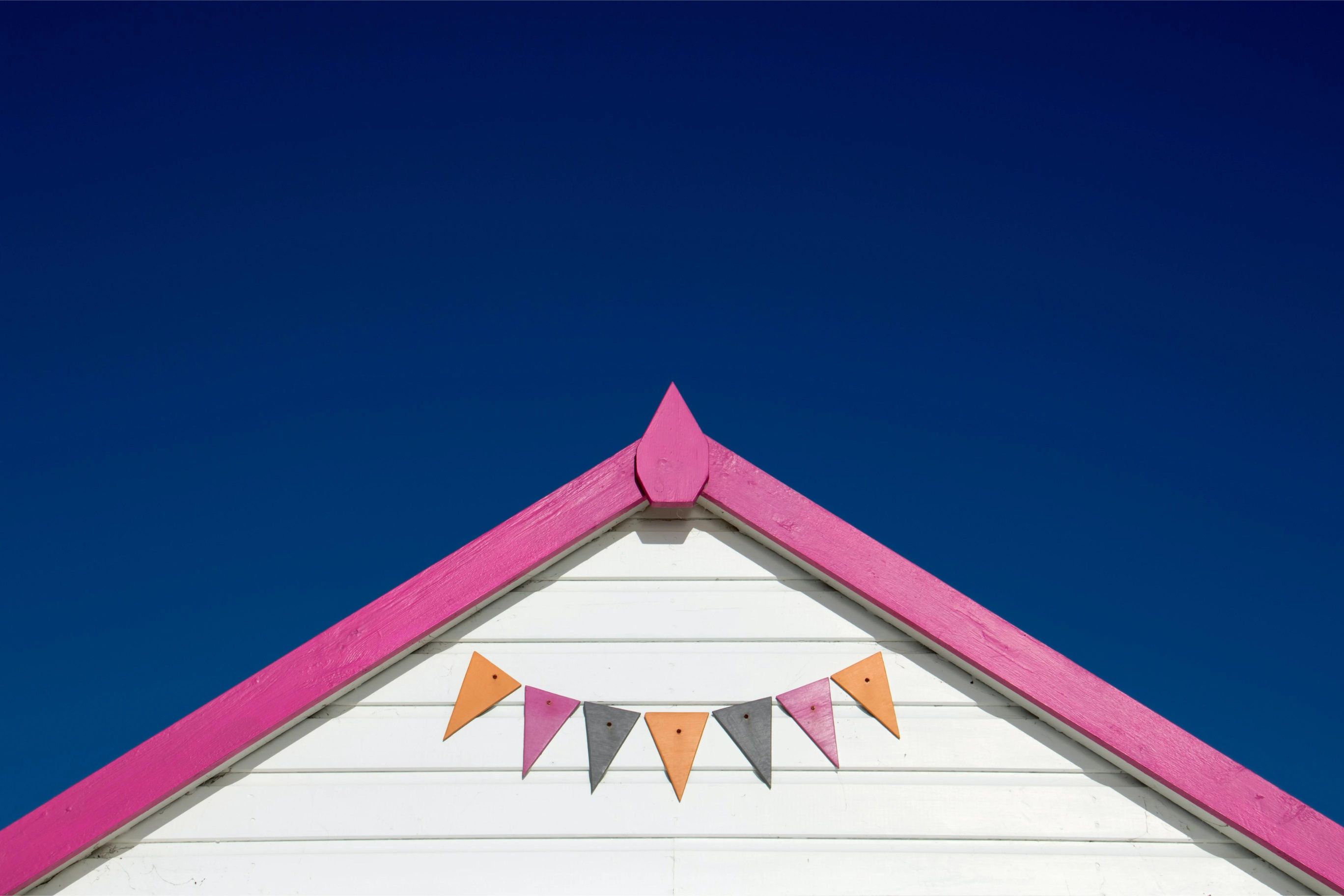

0 thoughts on “How Is Glass Colored”